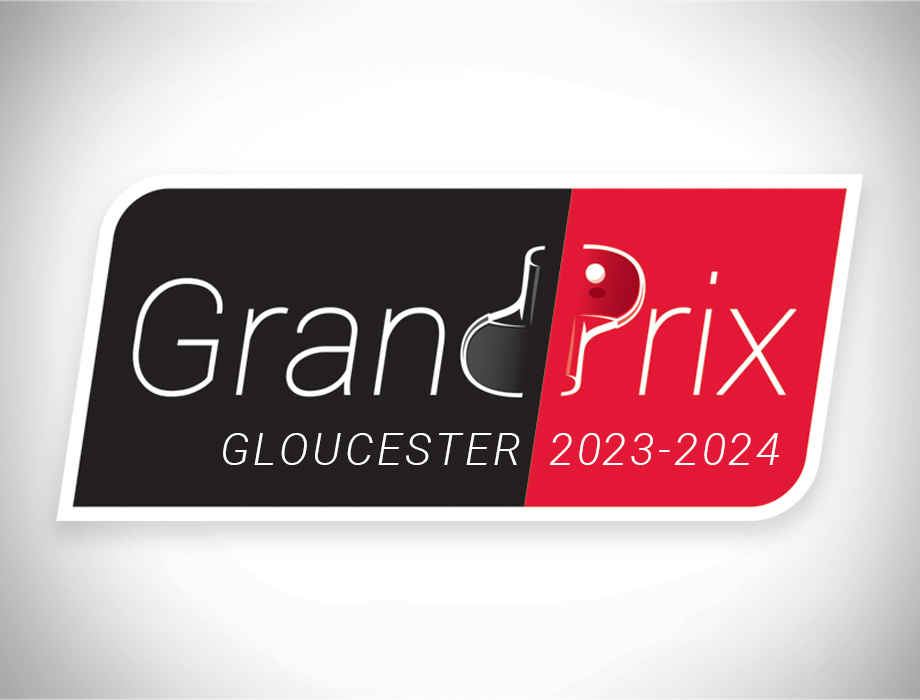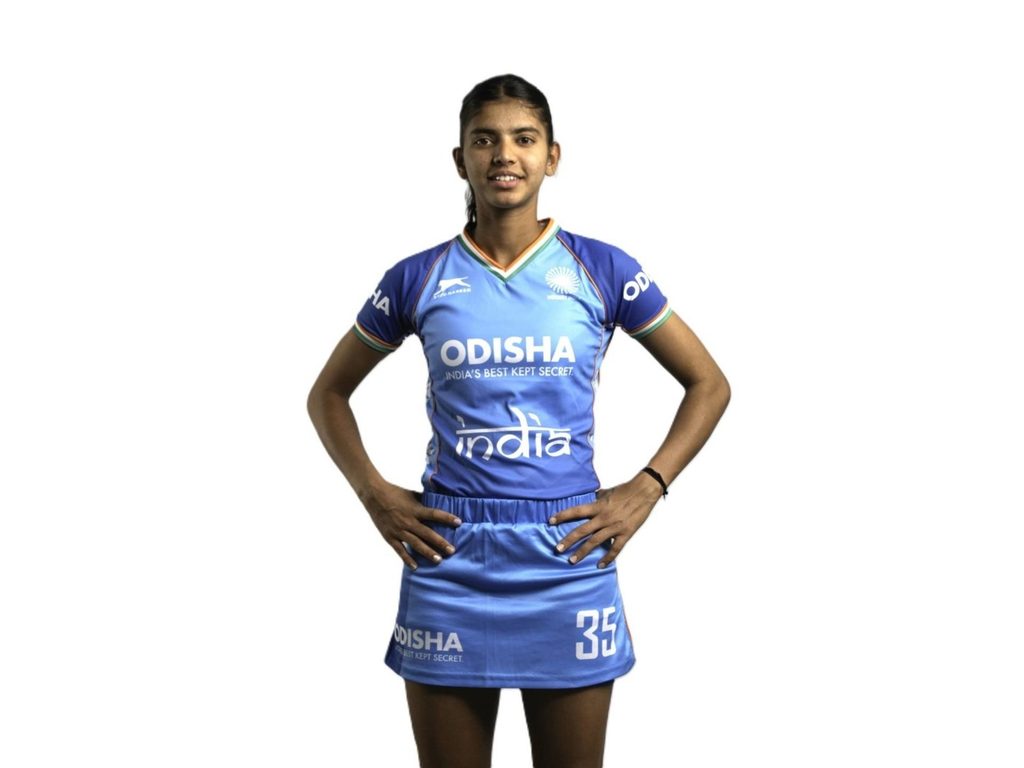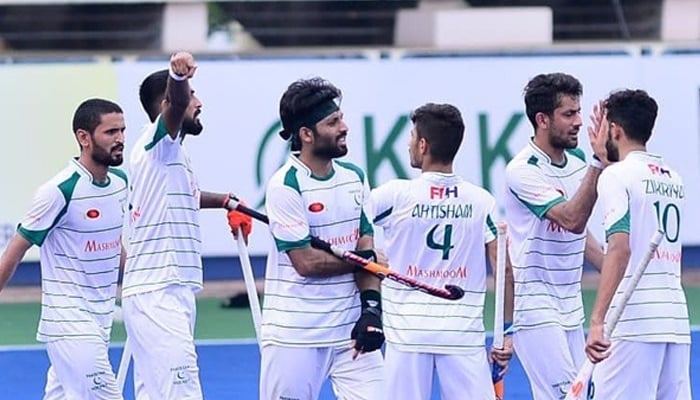
Moving up, moving down and scouting the roster
In the first part of my review of lessons learned about the Commanders’ new GM in his first draft in Washington we saw how Adam Peters adhered to a “best player available” draft strategy, rather than prioritizing positions of immediate need, and that his selections were often very different from media expectations of where players would be drafted.
Peters was recruited to Washington from the 49ers’, where he had been John Lynch’s first external hire when he took over as GM of 2-14 franchise in 2017. Lynch credits Peters with having been “integral in establishing our [draft] process.” That bodes well for Washington football fans, because the draft operation that the 49ers established has been one of the most successful in the NFL over the past eight years.
Of course, we don’t know how much of the credit should go to Peters, Lynch, or any individual with the 49ers. In fact, figuring that out would be very challenging given the collaborative nature of the 49ers draft process. In Lynch’s words:
One thing we always talked about in our process is no one person is responsible for any player. It’s a process. And it always starts with the area scouts who are out there grinding. Sometimes it is someone who first recognizes the talent, but what I can tell you is we were fortunate in that the previous regime had hired really good people in our college scouting, so we ended up keeping most of our college scouts. But then you’ve gotta give them direction. And Adam did a tremendous job of helping to lead them and creating our process and having a really good and thorough process. And I think the hallmark of that was it was extremely collaborative. It started with Kyle and my own relationship and being right there with each other, but that’s not enough. It’s gotta permeate throughout the entire organization. So, I think the hallmark, if you asked anybody, is the way our scouts would work with our coaches to come up with our choice. I think Adam was very integral in creating that process. And it worked out for us. We had our misses, like everyone did, but we had a lot of good picks that turned into great players.
What we do know, after Peters’ first draft with the Commanders, is that he took key elements of the process with him. These include the collaboration between coaching and scouting staffs, the Table Talk session (rebadged as Commanders Caucus) giving scouts an opportunity to pitch players they liked to the whole organization to start Day 3, and Gold Helmets, which I’ll get to in Part III.
Hopefully, he also brought the 49ers’ knack for drafting elite players. By my count the 49ers drafted six All Pros and Pro Bowl QB Brock Purdy in Peters’ seven seasons with the team.
Before I continue with the lessons learned, I would like to give a big shout out to Hogs Haven regular, IrishSkins for his contribution to this article, and more importantly, for making the 2024 draft a truly special experience for Hogs Haven readers. For the benefit of those readers who missed the round 1 comment threads, IrishSkins was invited by his golf buddies in team management to attend the Commanders’ draft room during the opening day of the draft. As a result, Hogs Haven readers were treated to reporting from the scene of the action. Much of what we know about the attempt to trade up for an OT, which I’ll get to in a second, came from our very own draft room reporter.
Part I: Best Player Available, Not Mel Kiper’s Draft Board
Part II (You are here): Moving Up and Moving Down, Scouting the Roster
Part III: Late Round Players with Potential, Building a Winning Culture
Moving Up and Moving Down
In the previous article, I talked about how Peters’ draft process prioritizes talent and value over team needs. That is not to say that the Commanders’ new GM completely ignores team needs in the draft. We saw a prime example of a needs-driven move on Thursday night, which provides some insight into how Peters weighs needs and other factors in draft decision making.
Thanks to real time updates from IrishSkins’ cell phone, Hogs Haven readers were the first to know that Peters attempted to trade back into the first round with Pittsburgh to select University of Washington LT Troy Fautanu. Unfortunately for the Commanders, that was who the Steelers had in mind at with the 20th pick, and they could not be moved off it.
IrishSkins later reported another flurry of trade activity. After the draft, reports emerged that the Commanders had attempted to trade up for Oklahoma OT Tyler Guyton:
The Commanders and the Patriots were both attempting to trade back up into the first round to grab Tyler Guyton, the #Cowboys rookie revealed.
Dan Quinn was at it again.
— Patrik [No C] Walker (@VoiceOfTheStar) April 26, 2024
However, the source for that one appears to be Guyton, himself. It’s not clear how he would have known, so I’d advise to take that one with a grain of salt for now.
Nevertheless, we know for sure that Adam Peters attempted to trade up in the draft for at least one prospect who grades as an early starter at the Commanders’ most glaring immediate need, after picking a QB 2nd overall. It is possible, and even likely, that the Commanders had Fautanu rated so highly that he had become too good a value at pick 20 to let go. There were only two players rated higher on the consensus board at that point, CBs Quinyon Mitchell and Terrion Arnold at 14 and 15, with Fautanu next at 16.
But I think we all know that the reason the Commanders were trying to trade up for Fautanu, and not a CB, had something to do with their level of need at his position.
The fact that a deal didn’t get done tells us something. We don’t know what the Commanders offered, just that it wasn’t enough to convince the Steelers to pass on Fautanu. Peters absolutely had enough draft capital to force a deal, if he was willing to overpay. But he held back.
According to the Rich Hill Trade Value Chart, moving up from the Commanders’ highest pick (#36) to 20 is worth 103 points points, about equal to the value of pick #54. Packaging picks 36, 67 and 100, would have got him comfortably over the line. Of course, Pittsburgh liked the player at 20, so they probably demanded a premium. Picks 36 and 40 would have been a 46 point overpay, which is like throwing in an extra 3rd round pick. If that wasn’t enough, 36, 40 and 67 should have done it (121 pt overpay, equivalent to an extra mid-2nd round pick).
If he felt really desperate for a left tackle he could have started offering future first and second round picks. But he didn’t. When Pittsburgh rejected his best offer, he called it a day. Maybe he moved on to attempt a trade for Guyton. Maybe he didn’t. My key takeaway is that there is a limit to how much Peters is willing to pay to land a player he really likes, regardless of whether that is driven by want or need.
/cdn.vox-cdn.com/uploads/chorus_asset/file/25439968/usa_today_23147629.jpg)
Kirby Lee-USA TODAY Sports
On Day 2 of the draft, Peters received a trade offer that the liked, even though it came from a division rival. This time, he shared his thinking:
You always have that in the back of your mind but Howie [Roseman] is a friend, and he came with a strong offer, Sam, and really it was favorable in terms of the point chart, favorable for us, but really we liked it in terms of what it gave us and given those two picks in 50 and 53. A lot of times you have to move really far back but that one we had to move 10 picks back, but then we also got another pick where we moved really far up where that either you could sit there and pick at 53 or you have optionality to move back again and pick up some more picks. So, we liked how that pick lined up for us in terms of where our board was. So, you always think, he was very convicted in doing that, so kudos to him for having that, for having the conviction to do that. But we’re going to be playing [Eagles DB] Cooper DeJean so we’ll see what happens. And you never know who’s going to win those trades, and I don’t think you can even really figure that out for years down the line.
In the second round, Peters traded picks #40, 78 and 152 to the Eagles in exchange for picks #50, 53, and 161. The trade allowed the Eagles to draft CB Cooper DeJean 50th overall, while the Commanders upgraded a 3rd round pick to the 2nd round, and used the two second round picks acquired in the trade to draft CB Mike Sainstril 50th and TE Ben Sinnott 53rd.
We don’t know which point chart the Commanders use, but Peters’ comments tell us it was a favorable deal. I wouldn’t be at all surprised if they have their own. According to the Rich Hill chart, the Commanders came out ahead by 12 pts, increasing their total draft capital by the value of a fifth round pick.
While adding capital made the deal attractive, what Peters seems to have valued more was moving the Commanders’ second round pick up to a part of the draft with good alignment to his board, and into a range where there was flexibility to move back if a player(s) he really liked was not available.
The fact that the deal allowed a good player to go to a division rival clearly weighed on his mind. But, as I mentioned in the previous article, the opportunity to pick up two players he was eyeing in the mid-second round must have been more attractive than the value his scouts placed on DeJean.
My takeaway from the Commanders’ trade activity is that Peters is willing to move up in the draft for player who makes sense for the team, or to move back to build his war chest, but only if the move represents good value overall.
Scouting the Roster
In the first article, we saw how Peters follows the principle of drafting the best player available, espoused by the best GMs in the league. Occasionally, he might find himself in a situation where there is one player alone at the top of his board, well ahead of everyone else, like when he picked Johnny Newton in the second round. In his words, “Friday morning we looked at our board…Johnny was really an outlier. In the end we said, if Johnny’s there, we have to take him.”
How does he decide who is the best player for the Commanders in the more usual situation, when there are a few players with similar scouting grades? This is where GMs have to balance many factors, including team needs, position value, scheme fit and how a player meshes with the locker room. In my article about what to expect from Peters, shortly after he was hired, I wrote about how the 49ers involve stacking the prospects on their board amongst the players on their existing roster. In the words of Scouting Director, Tariq Ahmad:
What does it do for the scouting process when you have a roster that looks like there’s virtually a starter at every spot, the depth looks pretty good? Does that change how you approach it and where your eyes go when it comes to evaluating the talent?
TA: Yeah, so it doesn’t change the process. We’re evaluating everyone through the fall as if we’re starting the roster from scratch to get the value exactly correct. But, as we talk about the players as we go in the winter and then, during the April meetings, we compare them to the guys on our roster and how they would fit in. So, initially it doesn’t change at all, but then we have to be able to clearly communicate what their exact value is a little bit later in the process.
So, are you basically in essence scouting your own guys too to figure out?
TA: Exactly, so everyone has a specialty that they focus on in those April meetings, and that’s one of the things that we ask them to do, evaluate our own roster and stack those guys amongst the guys on our roster.
If Peters is following the same approach in Washington, a player might stand out as the best available at the team’s next pick because he fills a vacancy on the roster, or because he upgrades a position where there’s already an adequate player. The best player available is going to the one with the potential to have the biggest impact on the talent level of the roster.
A few of Peters’ selections on Day 2 of the draft show evidence of that though process in action. While Newton and Sinnott appear to have been clear best player available picks, regardless of need, every one of the players selected on Day 2 is well placed to compete for starts or get significant playing time early in his time with the team, either by filling a void, or by pushing another player down the depth chart.
A closer look at a few of these picks might help to explain why Peters wasn’t in as much of a rush to draft players at positions of greatest need, like OT, boundary CB, and EDGE, as fans might have expected.
Newton was well ahead of the next player on the Commanders’ board at 36. Nevertheless, when it was confirmed that he had fallen to their pick, Peters huddled with head coach Dan Quinn and asked if the pick made sense for the defense. Quinn confirmed that he’d find a way to get him on the field.
What he probably meant was that Newton would slot right into the DL rotation and bring a skillset that the players he inherited from Rivera don’t have. In Dallas, Quinn rotated up to five DTs in games, with only Osa Odighizuwa playing more than 33% of defensive snaps. He also liked to move his DTs around the front and rush Osa and Chauncey Golston off of the edge. The Newton pick gives him another starting level player who is capable of rushing the passer from any position on the defensive front.
Adding Newton on a rookie contract might also appeal to a GM who inherited a roster with two DTs accounting for $44.6 million of cap space, who did not play at an elite level in 2023.
Mike Sainristil was picked to play nickel CB, where he will compete for the start with second year CB/S Quan Martin. After a rocky start, Martin began to show promise against the run toward the end of his rookie season. However, in coverage he remained vulnerable to being beat for big gains and scores, allowing the 4th highest yardage per target (11.0 Y/Tgt) out of 124 CBs, and the 20th highest TD rate (7.7%). Sainstril brings an advanced skillset for a CB who switched from WR two years ago, with elite ball skills to make interceptions. According to Peters, “He was the best nickel in college football.” It would be no surprise if he starts on opening day.
There were some other players available who might have made sense for the Commanders at 53, including four at the position of greatest need. OTs selected after Sainstril in the second round included Patrick Paul, Blake Fisher, Roger Rosengarten and Kingsley Sumataia. All but Sumataia had been projected by the media as third round picks. Sumataia is a traits-based projection with a long way to go before he is ready to start at OT. Paul is further along as a pass protector with possibly a little less upside. Fisher flew under the radar and might be a sleeper, or might have been projected to the late third round for a reason. Lastly, Rosengarten has athletic limitations which might push him inside. None of these players seems likely to challenge a starter early in their careers.
Sainstril’s potential to upgrade a starting position gives him an edge over the best available OTs, who would join the Commanders as depth additions.
/cdn.vox-cdn.com/uploads/chorus_asset/file/25439971/1802700348.jpg)
Photo by Scott Winters/Icon Sportswire via Getty Images
The Ben Sinnott pick surprised a lot of people at 53, because he had been widely projected to go a round or two later. It was confirmed that Sinnott was alone at the top of the Commanders’ board in the video from the Jets’ draft room linked in the previous article. The Jets tried to trade up to Washington’s pick, but were told to wait because they were waiting for one guy to fall to their pick. That guy turned out to be Sinnott.
The Commanders liked Sinnott because they see him as a complete TE, with the same mindset as All Pros George Kittle and Kyle Juszczyk, whom Peters worked with in San Francisco. He also slots into the depth chart immediately behind 33 year old starter Zach Ertz. Ertz is on a one year contract and hasn’t played more than 10 games since 2021. Sinnott is well positioned to take over from Ertz in 2025, if he doesn’t overtake him this season.
Brandon Coleman is more of a developmental prospect than the players picked ahead of him. However, he joins an offensive line with paper thin depth and starters with tenuous holds on their roster spots at LT, RT and LG. Peters said the team sees him as a tackle. While it may take him time to fine tune his pad level, hand placement and footwork for the pro level, he really doesn’t face much competition for the swing tackle position early on. If he can’t pull it together to push for starting time at OT, the guys to beat for the starting LG position are Nick Allegretti, who has started 13 games in 6 NFL seasons, followed by Ricky Stromberg, Chris Paul, and Mason Brooks. While Coleman is the least likely of the Day 2 picks to start as a rookie, he instantly upgrades the Commanders’ OL depth.
There were quite a few players at other positions who might have made sense for the Commanders at this point in the draft. Those at positions with the greatest near-term need were LB Junior Colson, OG Cooper Beebe and CB Elijah Jones. The consensus board rated Colson in the second round. Had the Commanders liked him here, he would slot in as a backup to all-world LB Bobby Wagner, who joined Washington this offseason on a one year deal. Like Coleman, he would be a depth addition, with potential to start 2025. I would have picked Beebe here. The Commanders must have liked Coleman’s upside more and/or the fact that he has potential to play a more valued position.
CB Elijah Jones plays a position where there is no clear-cut starter on the Commanders roster, and excels in press-man coverage. While that might give him an advantage over Rivera’s CBs, he was projected as a fourth round pick and might have been lower than Coleman on the Commanders’ board.
The last player picked on Day 3 was WR Luke McCaffrey. The youngest McCaffrey brother is still developing his skillset at the position, having switched from QB two years ago. Even so, he might get an opportunity to learn on the job early in his time with the Commanders, given state of depth at slot receiver. The two players he has to beat for that role would appear to be Jamison Crowder and offseason FA addition Olamide Zaccheaus. McCaffrey’s size, athleticism and sure hands might give him an advantage over those two players. He is more than 5” taller than his competitors, and has good speed and elite agility:
RD 3 | PK 100 – Commanders: Luke McCaffrey WR, Rice
With the final pick of Day 2, the @Commanders add McCaffrey to their receiving corps, who ran the 2nd-quickest short shuttle (4.02) of any wide receiver at the Combine since 2018.#NFLDraft | #RaiseHail pic.twitter.com/pv4CoOOTrQ
— Next Gen Stats (@NextGenStats) April 27, 2024
Where he was picked, at the end of Round 3, there were many players at other positions who might have made sense for the Commanders. None of them really stand out to me as having a more direct path than McCaffrey to becoming a major contributor for the Commanders, except possibly CB Khyree Jackson (Vikings, Round 4, Pick 108) who may have fallen in the draft process due to character concerns.
Intermission
Come back tomorrow for the final instalment when we will see if there are any common themes to the players that the Commanders’ new draft process selects in the later rounds, and see a revival of an old familiar topic, building a winning team culture.



















You must be logged in to post a comment Login